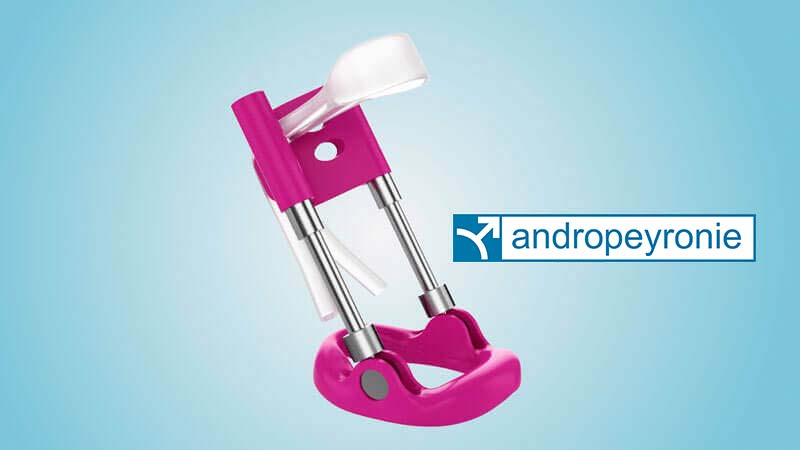Treatment for Peyronie's Disease
It is important to choose the most appropriate treatment depending on the stage of the disease and the individual needs of the patient.
What is Peyronie's Disease?

What Happens if Peyronie's Disease is Not Treated?
Moreover, in the most serious cases, the disease can end up causing complete erectile dysfunction, and severely impact quality of life, self-esteem, and sexual health. That is why it is essential to seek early treatment to avoid all of these potential complications.

What are the Stages of Peyronie's disease?
Causes of Peyronie's Disease
How to Treat Peyronie's Disease?
Traction therapy can prevent length loss and reduce penile curvature, making it a non-surgical option that offers very good results when used for several hours a day over a prolonged period of time.
Our Products for Peyronie's Disease
This traction device helps correct penile curvature by gradually stretching the scar tissue. Andropeyronie has proven to be effective in reducing curvature and improving penile length when used regularly and appropriately. In addition, it is a non-invasive solution that can be combined with other treatments to achieve even better results.






